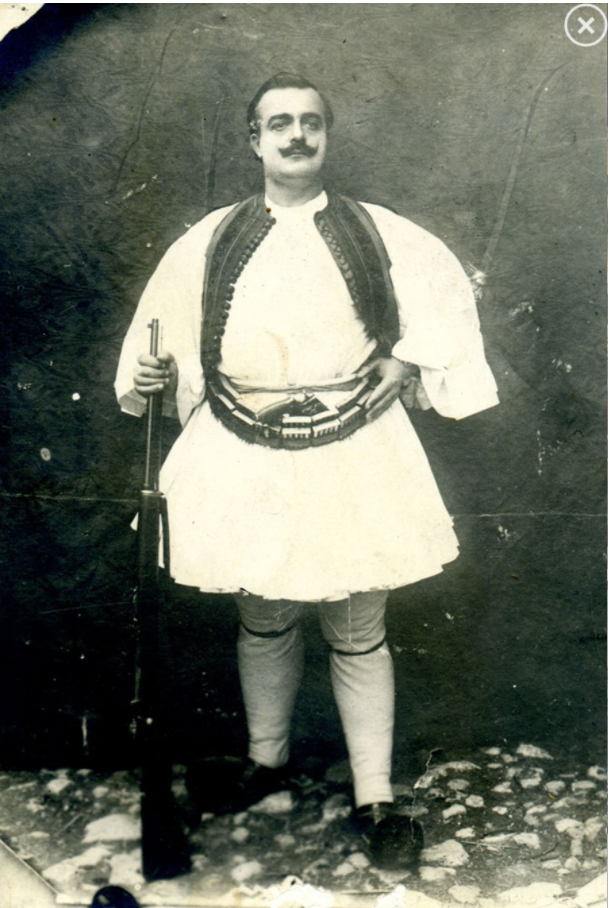As the New Year starts I could not help but stop to review some of the photographs, pictures, paintings and costumes gathered by that great scholar Robert Elsie under Albanian Art website.
During these times, while cultural and historical values continue to take a backstage to political and economic ones, the revival of these distinguishing values should help bring some focus on this Albanian reality and life.

The wealth and variety of Albanian folk costumes was first captured in photographs in the late nineteenth and early twentieth centuries. Albania’s traditional isolation from the rest of Europe gave rise to much originality in dress and early foreign travelers were quite captivated by what they saw. In the harsh northern mountains of the country, each tribe, indeed each valley and settlement, had its own distinctive dress that was easily recognizable by the whole population. Costumes revealed not only tribal and religious affiliation, but for women in many cases also marital status. These traditional costumes were in general use well into the 1930s, and in some regions of the country until after the Second World War. Even in the first decades of the twenty-first century, it is no rarity to see traditional costumes worn by Albanian women daily, or at least on market day, in particular in the northern regions of Shkodra, Malësia e Madhe, Lezha and Mirdita and in some more isolated parts of southern Albania, Kosovo, Montenegro and Macedonia. However, globalization is swiftly taking its toll.
